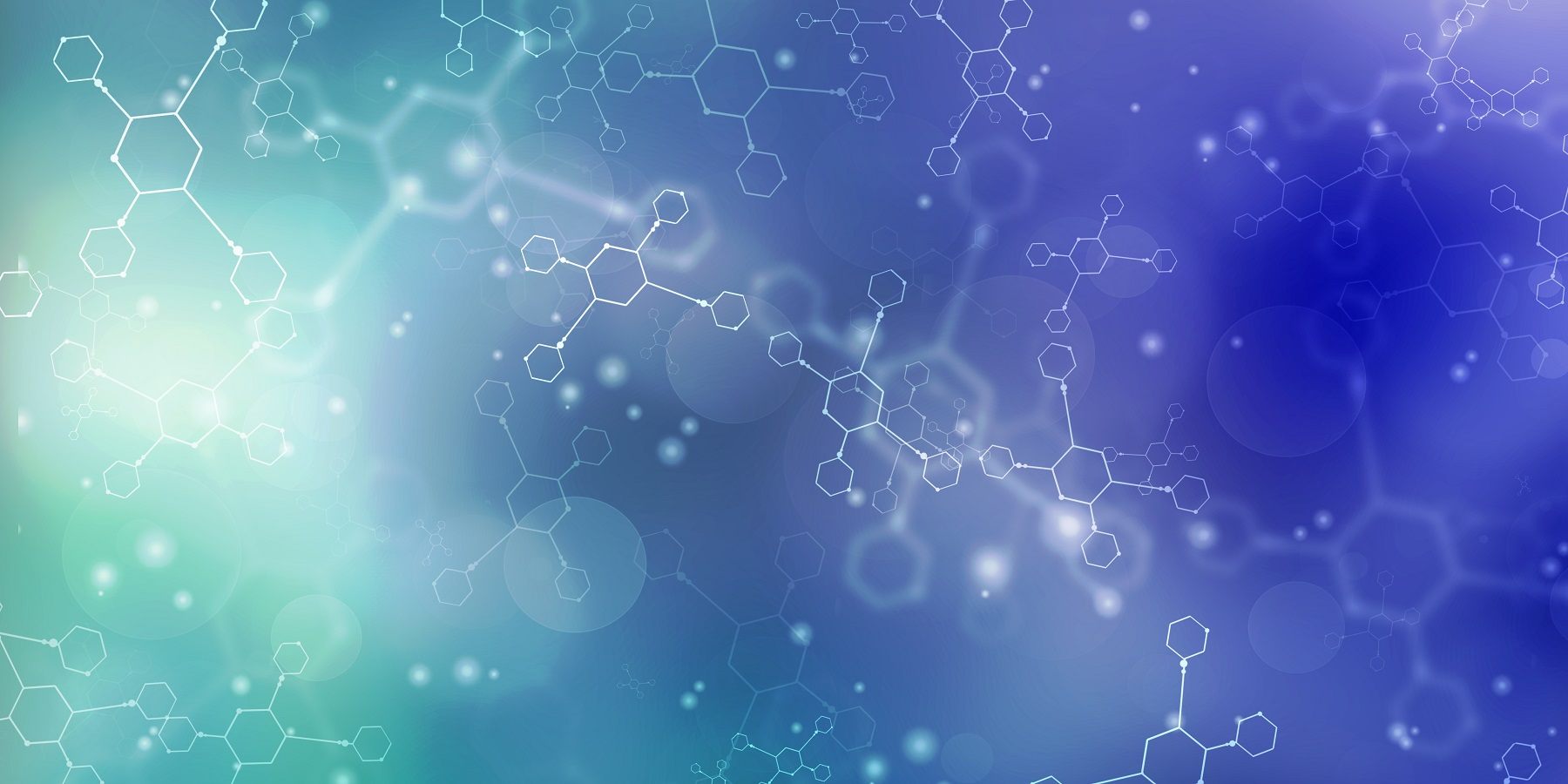Indications
Stavudine is indicated for the treatment of infections caused by the Human Immunodeficiency Virus (HIV). It is primarily used in combination with other antiretroviral agents for optimal management of HIV-1 infection, contributing to a comprehensive antiretroviral therapy (ART) regimen.
Pharmacodynamics
Stavudine falls under the class of nucleoside reverse transcriptase inhibitors (NRTIs), which exhibit potent activity against HIV-1. Once inside the cell, stavudine undergoes phosphorylation, transforming into active metabolites. These metabolites compete with natural substrates for integration into viral DNA, subsequently inhibiting the HIV reverse transcriptase enzyme. By acting as chain terminators in DNA synthesis, they prevent the formation of essential 5' to 3' phosphodiester linkages due to the absence of a 3'-OH group in the incorporated nucleoside analogue, thereby halting viral DNA replication.
Absorption
Stavudine is known for its rapid absorption following oral administration, with a bioavailability range between 68% and 104%. This characteristic supports effective systemic exposure, facilitating its therapeutic action against HIV.
Metabolism
Intracellularly, stavudine undergoes phosphorylation to become stavudine triphosphate, which serves as the active substrate for the HIV reverse transcriptase enzyme. This metabolic transformation is crucial for stavudine's antiviral efficacy, enabling the inhibition of reverse transcription and contributing to the suppression of viral replication.
Mechanism of Action
Stavudine functions primarily by inhibiting the activity of HIV-1 reverse transcriptase, a crucial enzyme in the replication process of the virus. It achieves this through dual mechanisms: first, by acting as a competitive inhibitor against the natural substrate, deoxyguanosine triphosphate (dGTP), and second, by incorporating itself into the viral DNA. These actions disrupt the synthesis of viral DNA, thereby impeding the proliferation of the virus within the host.

